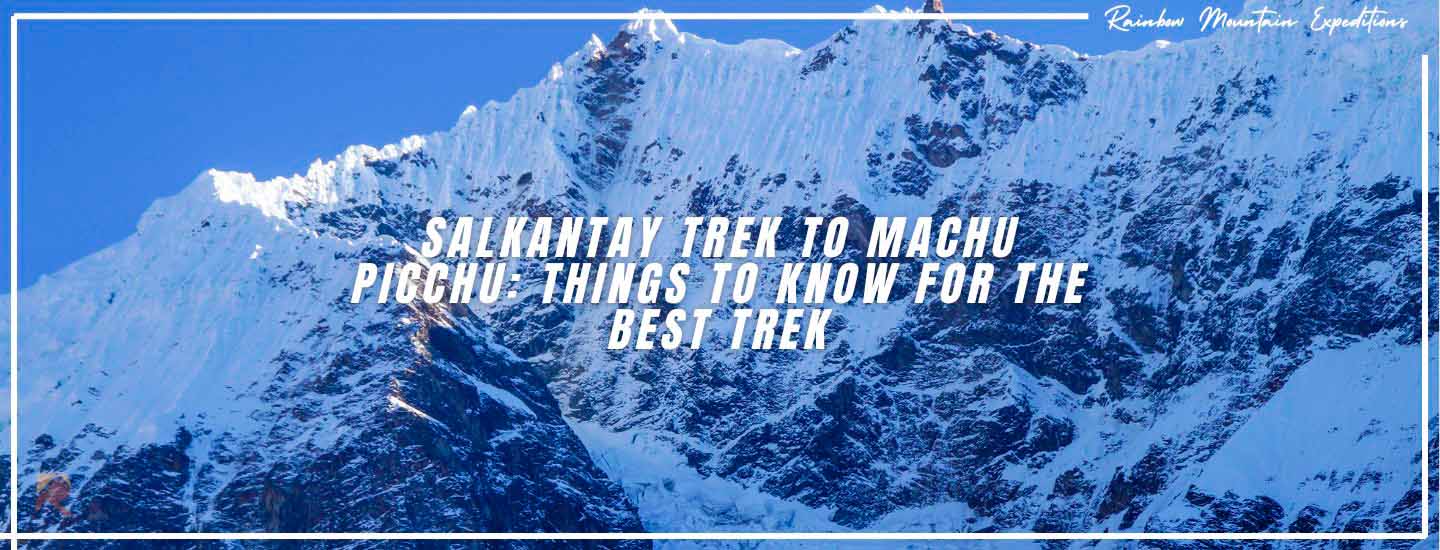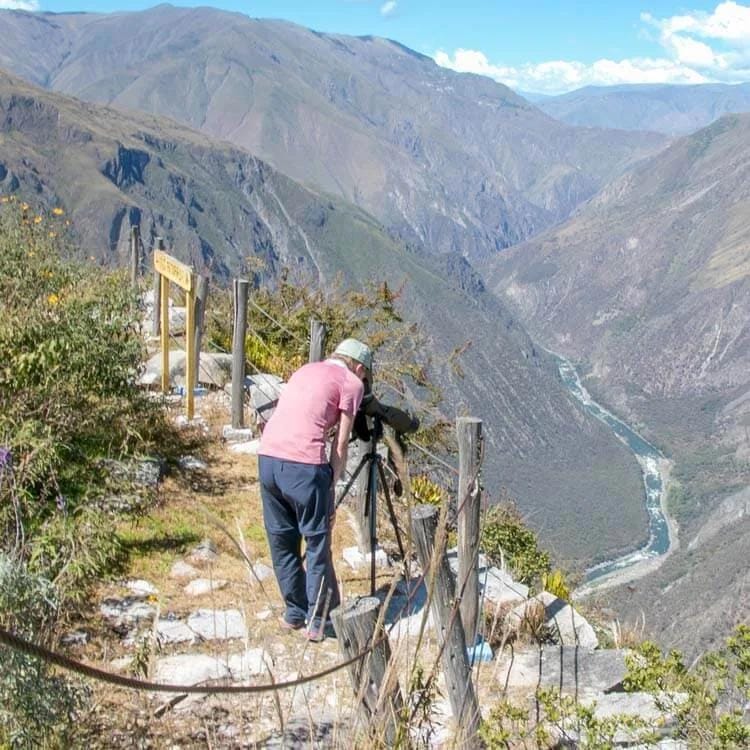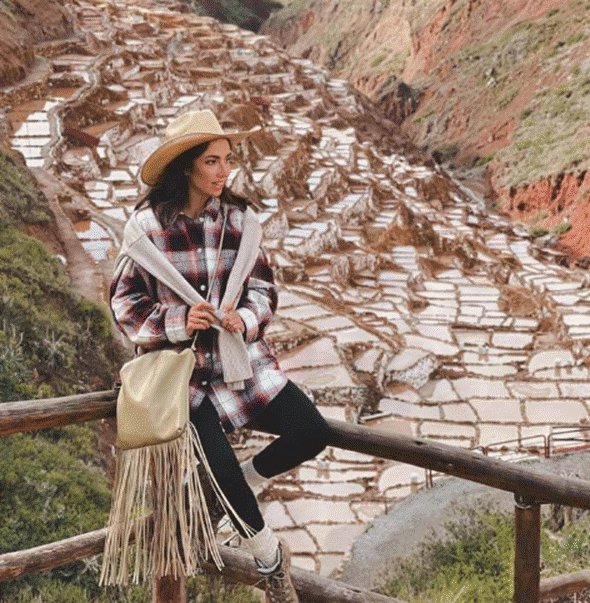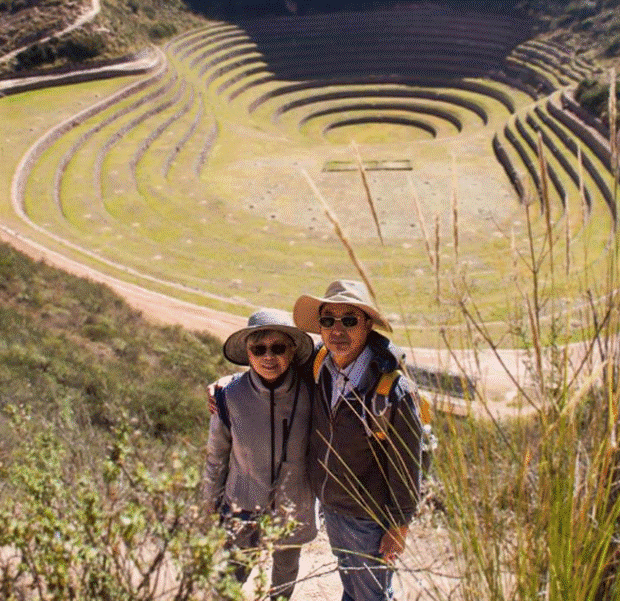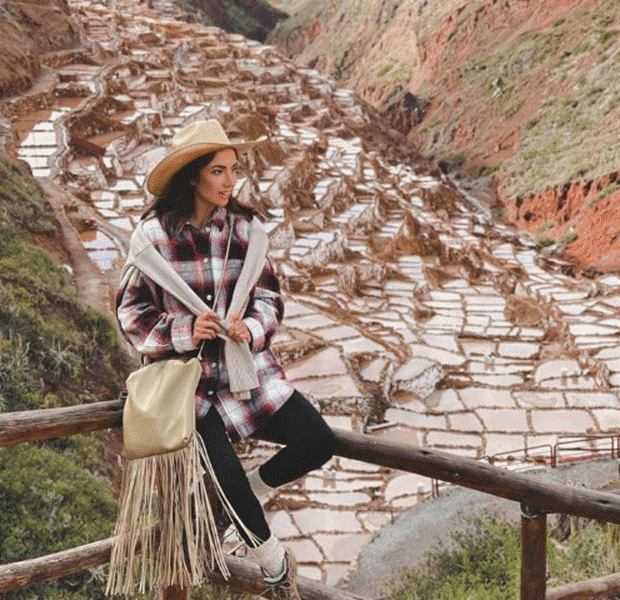Salkantay – The Highest Peak Of Vilcabamba
If you’re looking for an alternative to the classic Inca Trail, Salkantay Trek is your best option. It offers one of the most challenging and breathtaking routes to Machu Picchu, taking you through deep valleys, stunning lagoons, and imposing Andean landscapes, with the majestic Salkantay Glacier as the highlight. Considered the highest sacred peak of the Vilcabamba mountain range, this trek is a true adventure for nature lovers.
The Spiritual Importance of Salkantay Mountain
In Andean cosmology, Salkantay is one of the most important Apus or protective spirits. Its name comes from the Quechua words “Salka,” meaning wild, and “Antay,” which may refer to snowfall or an avalanche. For the Incas, this mountain represented strength and respect. Even today, some local communities honor it with offerings and tributes.
The Legend of Salkantay
According to an ancient legend, Salkantay and Ausangate were two brothers who set out in search of food during a time of drought. Ausangate found sustenance for his people, while Salkantay fell in love with a beautiful woman from the jungle, choosing to stay in that region instead of returning to his homeland. This story remains alive in Andean culture and is often shared during treks in the area.
The Challenge of Salkantay Trekking
This trek is one of the most popular alternatives to reach Machu Picchu due to its stunning scenery and moderate-to-high difficulty. Covering approximately 72 km (45 miles) over 5 days and 4 nights, the route takes you through diverse ecosystems, from high mountain landscapes to the lush Peruvian jungle.
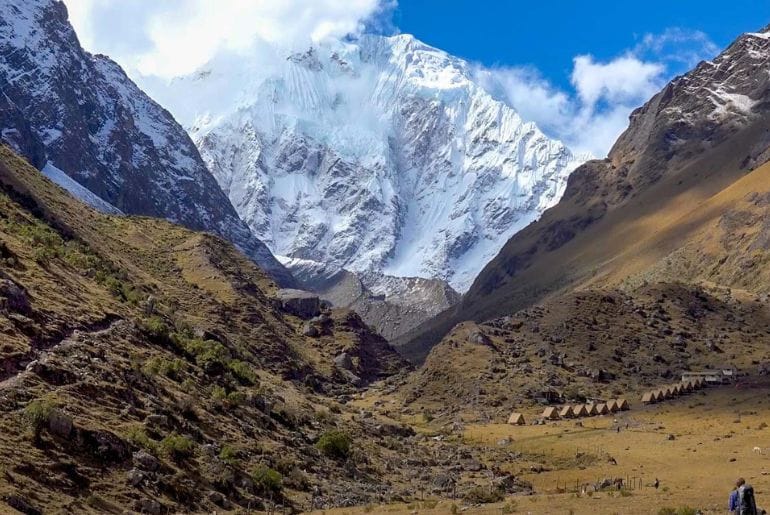
Difficulty and Physical Preparation
Salkantay Trekking is a demanding route due to its altitude and long daily hikes. The highest point is Salkantay Pass, sitting at 4,650 meters (15,255 feet) above sea level. It’s recommended to be in good physical condition and to spend a few days in Cusco beforehand to acclimate to the altitude.
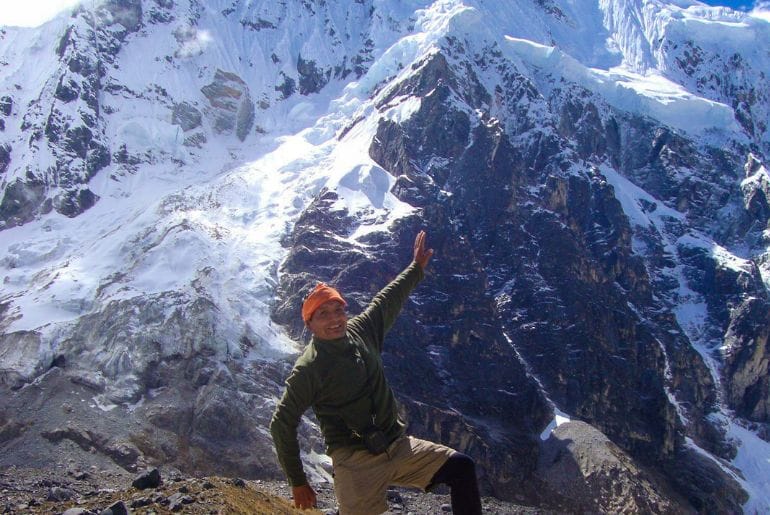
Landscapes and Highlights Along the Trail
One of the most fascinating aspects of the Salkantay Trek is the variety of landscapes you experience in just a few days. From icy mountain peaks to humid cloud forests, each day brings a new adventure.
- Humantay Lagoon: One of the first stops on the trek, this stunning turquoise-blue lagoon is a must-see.
- Salkantay Pass: The highest point of the trek, offering breathtaking views of the glacier and the opportunity to make offerings to Pachamama (Mother Earth).
- High Jungle: As you descend, the climate becomes warmer, and the scenery transforms into lush cloud forests with coffee and tropical fruit plantations.
- Llactapata: A lesser-known archaeological site offering direct views of Machu Picchu.
Weather and Best Time for Salkantay Trekking
The weather along the Salkantay Trail varies significantly depending on the altitude. During the day, temperatures can reach 20°C (68°F), while at night, they can drop to -5°C (23°F) in the higher elevations.
Recommended Trekking Seasons
- Dry Season (May – October): Sunny days and better trail conditions.
- Rainy Season (November – April): Lush vegetation but muddy and slippery trails with possible heavy rains.
Tips for a Successful Trek
- Acclimate before starting: Spend at least 2 days in Cusco to avoid altitude sickness.
- Stay hydrated: Drink plenty of water and chew coca leaves to improve oxygen absorption.
- Pack properly: Bring thermal clothing, sturdy trekking boots, extra cash, and a well-equipped backpack with a small first aid kit.
- Train before the trek: Once you start Salkantay Trekking, there’s no turning back. We recommend practicing on similar trails or taking day hikes to places like Pisac, the Sacred Valley, Rainbow Mountain, or Humantay Lagoon to test your endurance.
- Turn off electronic devices in storms: If a thunderstorm approaches, avoid taking photos and make sure to turn off and store all metal objects and electronic devices, as they are excellent conductors for lightning.
- Offer a tribute to Salkantay: Just like the Incas did, you can offer a small tribute of coca leaves to Salkantay Mountain for protection and strength during your journey.
Private Tour Cost: Is It Worth It?
It’s true that private tours tend to be more expensive than group tours, but they offer major advantages. With a private trek, you can adjust the pace to your comfort level, enjoy a more intimate experience, and receive personalized attention from your guide. Additionally, you avoid the rigid schedules of large groups and have more flexibility for stops and rest breaks.
The price for a private Salkantay Trekking tour ranges from $600 to $800 USD per person, depending on the services included, such as transportation, expert guides, porters, and premium accommodations in domes or comfortable campsites. While the cost is higher, the comfort, privacy, and exclusivity make it well worth it for those seeking a unique and personalized adventure.
Conclusión
Salkantay Trekking is one of the most breathtaking routes to Machu Picchu, offering the perfect combination of physical challenge, awe-inspiring landscapes, and a deep connection to Incan history and spirituality. If you’re looking for an unforgettable adventure away from the crowds, and want to experience the majesty of Salkantay Mountain, this trek is for you. Get ready, pack your backpack, and embark on one of the most legendary hikes in the Peruvian Andes!
Frequently Asked Questions About Salkantay Trekking
What is Salkantay Trekking?
Salkantay Trekking is an alternative hiking route to the Inca Trail that leads to Machu Picchu, passing through the Salkantay Glacier and various breathtaking landscapes.
How long does the Salkantay Trek take?
The trek typically lasts 4 to 5 days, depending on the itinerary and the tour operator you choose.
What is the highest altitude on the Salkantay Trek?
The highest point is Salkantay Pass, which stands at approximately 4,650 meters (15,255 feet) above sea level.
Is the Salkantay Trek difficult?
Yes, it is a challenging hike due to the high altitude, changing weather conditions, and long distances. It is recommended to be in good physical shape and to acclimate in Cusco before starting.
When is the ideal season to hike the Salkantay Trek?
The best time is between April and October, during the dry season, when there is less rainfall and better trekking conditions.
Is it very cold on the Salkantay Trek?
Yes, temperatures can drop below freezing (0°C / 32°F) at night, especially in higher-altitude campsites.
Do I need to hire a guide for the Salkantay Trek?
It is not mandatory, but hiring a tour operator is highly recommended for safety, logistical support, and a more enriching experience.
What kind of landscapes can I see on the Salkantay Trek?
The trek takes you through snow-capped mountains, lush green valleys, crystal-clear lagoons, cloud forests, and small Andean villages.
How crowded is the Salkantay Trek compared to the Inca Trail?
Salkantay is less crowded than the Inca Trail, allowing for a more peaceful and immersive nature experience.
What gear is necessary for the Salkantay Trek?
It is recommended to bring a light backpack, warm clothing, sturdy trekking boots, sunscreen, a rain poncho, and plenty of water.
Can I do the Salkantay Trek without prior hiking experience?
Yes, but it is advisable to be in good physical condition and have experience with long hikes at high altitudes.
How does the Salkantay Trek end?
The trek usually ends in Aguas Calientes, where you can take a bus or hike up to Machu Picchu.
Are there other alternative trekking routes to Salkantay?
Yes, there are several alternatives, but the most popular ones include Choquequirao and Lares Treks.
Do I need a permit for the Salkantay Trek like the Inca Trail?
No, unlike the Inca Trail, the Salkantay Trek does not require a special permit. However, you will need to purchase an entrance ticket to Machu Picchu in advance, as availability is limited. If you plan to hike Huayna Picchu or Machu Picchu Mountain, additional permits are required.
Similar articles that might be of interest to you:
- The Inca Royal Road: What You Didn’t Know About the Qhapaq Ñan
- How to Get to Machu Picchu: A Step-by-Step Guide for Travelers from Around the World
- The Best Time to Visit Cusco, Peru
- The Apus and Their Significance in Andean Culture in Peru
- How to Prepare for High-Altitude Trekking in Peru
- How To Pack For An Overnight Trekking Trip

